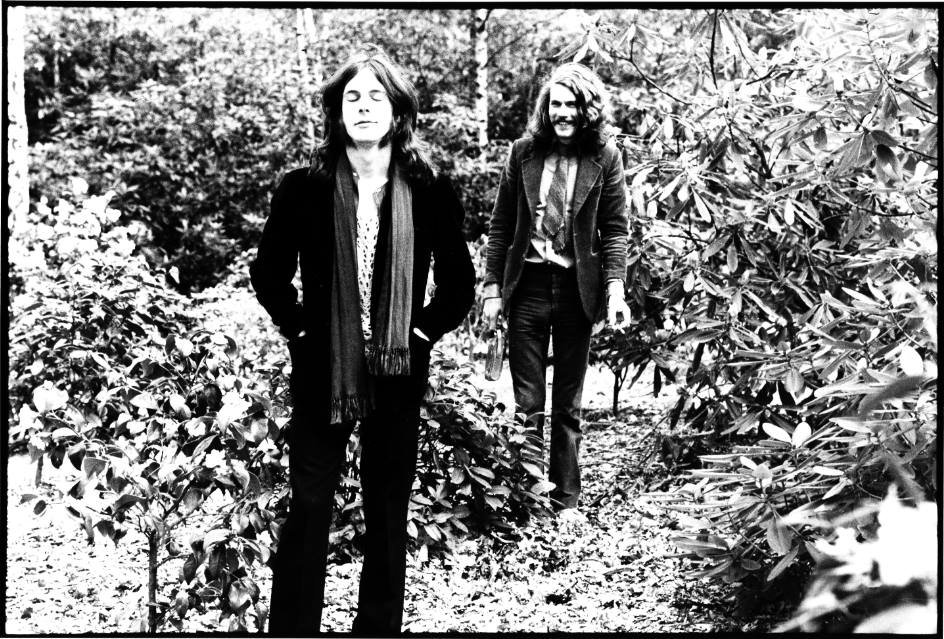
The exact mechanism by which HF impairs angiogenesis has not yet been fully characterized. Therefore, the development of new strategies for APL therapeutics is necessary and angiogenesis is a potential target to achieve a better outcome. In addition, the therapy with arsenic trioxide is not available in several developing countries and the 10-20 % of patients treated with ATRA-chemotherapy or ATRA-arsenic trioxide association will relapse. However, these treatment regiments have limited application for elderly patients or those with serious heart conditions. Thus, associations of ATRA with chemotherapy or arsenic trioxide have been more successful in improve long-term survival. ĭespite the fact that all-trans retinoic acid (ATRA) is largely applied for the treatment of APL, the use of ATRA alone does not achieve long-term remission. Another clinical study with 17 new cases of APL associated the efficacy of the arsenic trioxide treatment with its antiangiogenic effect, demonstrated by the reduced MVD in the BM and increased survival. After standard treatment with ATRA (all- trans retinoic acid), VEGF levels and BM MVD were normalized. detected increased MVD associated with high VEGF expression. In a study analyzing 12 BM biopsies from patients with acute promyelocytic leukemia (APL), Kini et al. Particularly, in acute myeloid leukemia (AML), high levels of VEGF and increased MVD were found in leukemic BM biopsies and correlated with lower rates of complete remission and lower overall survival. Several studies have reported an increase in bone marrow (BM) microvessel density (MVD) and high VEGF (Vascular Endothelial Growth Factor) expression in multiple myeloma, non-Hodgkin lymphoma, and acute leukemias. Īngiogenesis is one of the most important mechanisms of tumor progression and has been associated to development of hematological malignancies. In a rat brain tumor model, HF treatment markedly reduced vascularization and vessel maturation resulting in reduced tumor burden and metastasis. In addition, HF antiangiogenic properties also have been shown to contribute to control of tumor growth. Treatment with HF impaired proliferation and induced apoptosis of several multiple myeloma cell lines and showed antitumor activity in a myeloma xenograft mouse model. Halofuginone (HF) is a low-molecular-weight quinazolinone alkaloid that has been demonstrated to present potent antitumor effects due antiproliferative and proapoptotic properties. Taken together, our results demonstrate that HF inhibits SMAD2 signaling and reduces leukemia growth and angiogenesis. In vitro, HF modulated gene expression of several pro- and antiangiogenic factors, reduced VEGF secretion and phosphorylation of SMAD2, blocking TGF-β-signaling. HF treatment resulted in hematological remission with decreased accumulation of immature cell and lower amounts of VEGF in BM of leukemic mice. The effect of HF on the gene expression of several pro- and antiangiogenic factors, phosphorylation of SMAD2 and VEGF secretion was assessed in vitro using NB4 and HUVEC cells. The leukemic infiltration and the percentage of VEGF+ cells were evaluated by morphology and flow cytometry.

NOD/SCID mice were transplanted with leukemic cells from hCG-PML/RARA transgenic mice (TM) and treated with HF 150 μg/kg/day for 21 days. Based on the fact that high levels of Vascular Endothelial Growth Factor (VEGF) and increased angiogenesis have been described in acute myeloid leukemia and associated with disease progression, we studied the in vivo effects of HF using an Acute Promyelocytic Leukemia (APL) mouse model.

Halofuginone (HF) is a low-molecular-weight alkaloid that has been demonstrated to interfere with Metalloproteinase-2 (MMP-2) and Tumor Growth Factor-β (TGF-β) function and, to present antiangiogenic, antiproliferative and proapoptotic properties in several solid tumor models.


 0 kommentar(er)
0 kommentar(er)
